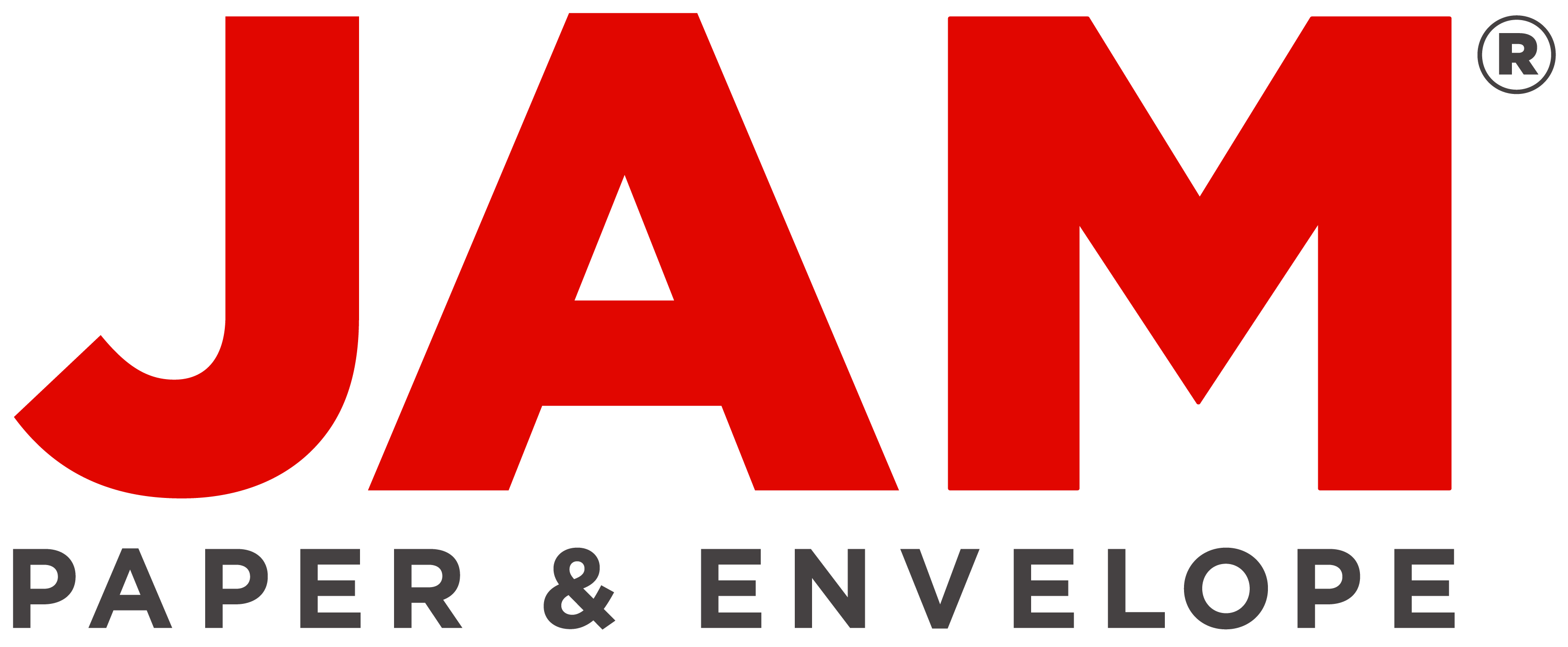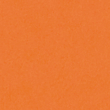JAM'S Must Know Paper Terms Manual
- By Andrew Jacobs
- Jan 15, 2015
JAM'S Must Know Paper Terms Manual
We love to start the new year on the right foot by enforcing new year resolutions. Like vowing to run before work every morning, swearing to use a planner, studying with flash cards, etc., etc. You've probably already broken some already, but hey tomorrow’s a new day! If you’re the committed type then reading a book every other week, only eating animals you killed, or learning a new language is at the top of your list, or you're just Mark Zuckerberg- New Window! This year make it your priority to learn paper terms. You've used paper for 3/4 of your life and haven't a clue of how many different types of paper and uses it truly has. Some may sound familiar while others may feel like intruders to your native tongue. It’s true, paper (without the writing) has its very own language! It may take some time until you can speak paper fluently but you've got to start somewhere! Paper can be used for manufacturing, cultural, or food purposes. It may also be categorized by color which may consist of bleached (white), unbleached (brown), or colored (bleached & stained). Paper can be made from wood, recycled paper, or even plants.
PAPER GRADES
- Bristol- paper made by pasting two laminating two text weights together for a stiff sheet.
- Coated- paper coated by compounds for a smooth finish.
- Digital- convenient in coated or coated, mostly used in digital presses and printers.
- Opaque- uncoated paper sold in large quantities for long runs.
- Writing- referred to as bond paper, this paper is commonly used for writing, engraving, thermography, laser, & inkjet printing.
- Uncoated- paper lacking a surface coating.
PAPER TERMS
- Absorbent Paper- unsized paper able to absorb water and ink similar to blotting paper.
- Abrasive Paper- covered on one side with abrasive powder
- Acid Free Paper- free of acidic chemicals and anti-rusting. Generally used for metal wrapping, photos, and paper memorabilia.
- Account Book Paper- water resistant and erasable, this paper is made from bleached chemical pulp, cotton fibers, or a mixture of both. Commonly used for pen and ink writing.
- Air Mail Paper- light used for letters and flyers.
- Bacon Paper- made from glassine paper used to wrap bacon and other meats.
- Butcher Paper- solely used to wrap fresh meat with a high resistance to animal blood.
- Blotting Paper- used to soak excess ink when writing.
- Blueprint Paper- paper used for sketching blueprints.
- Board Paper- strong and stiff, mostly used to create boxes for packaging purposes.
- Basis Weight- the American standard weight determined by weighing 50 sheets of paper in its basic size
- Brightness- the percentage of light based on the paper's surface.
- Calliper- measured in thousands of inches, a paper's thickness.
- Chemical Ghosting- also known as gas ghosting, a duplication of a printed image on the opposite side of a single sheet. Formulated by chemical reaction by ink while drying.
- Choke- the act of decreasing thickness of a printed image while prepping film negatives.
- Debossing- a procedure whereas the image is adjourned into the paper
- De-Inking- the practice of making paper totally chlorine free (TCF). The removal of ink, fillers, coatings, and toner from redeemed paper.
- Digester- a compression whereas wood chips are cooked to disunite fibers from each other and removal of harmful specks.
- Dummy- a page or group of pages arrange in an identical position, generally used for as a printer sample or model.
- EPA- The U.S. Environmental Protection Agency, prints regulations for "minimum recycled product content for use by federal agencies for purchasing standards".
- Elemental Chlorine Free (ECF)- pulp beached free of elemental chlorine, usually a virgin fiber bleached with chlorine dioxide.
- End-Leaf Paper- high quality paper, coated or uncoated that is colored at both ends of a book.
- Four- Color Process- The four main colors of ink: yellow, magenta, cyan, and black utilized to accurately print photographs and art.
- Fuzz- loose fibers coming from a paper's surface.
- Guillotine- machine used to cut stacks of paper specific size.
- Hit- the result of stamping die.
- Hydrophobic- water resistant paper.
- Laid- linear pattern applied to paper while wet to reflect handmade paper designs.
- Monotone- paper printed in one color.
- Mullen Tester- measures paper's durability, often called a pop test or pop tester.\
- Onionskin- light weight paper utilized to make copies.
- Opacity- lacking transparency or the amount of light that passes through a sheet of paper.
- Oxidation- "a chemical reaction whereas ink hardens the ink vehicle and makes it rub-proof".
- Panchromatic- film especially sensitive to light in all colors.
- Paperterie- paper mostly used to make greeting cards and stationery. Great for watermarks and embossing.
- Quarter Tone- a printing dot that has a percentage close to a 25% printing dot size.
- Retarders- chemicals that slows down the process of printing inks.
- Rosin Size- size added to paper making it resistant to paper.
- Schopper's Tester- a device that tests paper's folding endurance.
- Seasoning- the procedure of letting paper adjust to different atmospheric surroundings of the plant it will be used in.
- Slurry- watery suspension of colors used for coating and paper-making.
- Soda Pulp- a chemical pulp made from wood chips dissolved in a mixture of abrasive soda.
- T4S: short for Trimmed Four Sides, defined as guillotined paper trimmed on all four sides.
- Tolerance- allowable amount of variation from an adjusted standard.
- UV Curling- UV inks being dried by light instead of heat or oxidation.
- Varnish- thin coating put onto printed paper for preservation and enhanced appearance.
- Virgin- paper created from fiber in its first time being used.
- Web Tension- amount of pull applied in direction of the travel of a web of paper by the action of a web-fed press.
- Xerography- copying procedure that utilizes selenium surface and electrostatic forces to formulate an image.
- Yankee Dryer- a machine that dries paper while it comes off the wet end. Presses a side against a cylinder that heats it and gives a lustrous finish simultaneously.
- Zig-Zag Folding- mechanism of folding continuous forms with alternating position.
For en extensive list of paper terms, check out Neenah Paper's Glossary
















